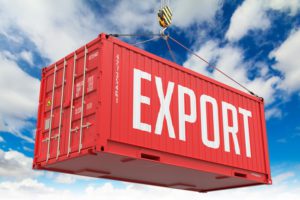Rabobank: competition in global pork trade is growing
According to the Rabobank report, the advantage will likely lie in the hands of low-cost producers such as Brazil and the US . Meanwhile, Europe's position is expected to weaken, primarily due to increasing market and regulatory requirements relating to animal welfare and sustainability.
Growing consumption supports trade
Eva Gotsik, senior analyst (animal protein) at Rabobank, noted that global pork consumption is expected to grow at a projected CAGR of 0.7% between 2022 and 2030. Next year, 2024, this is expected as a result of easing inflation and further recovery from African swine fever in Southeast Asia. In the long term, population growth and economic development will continue to drive consumption growth, offsetting the continued decline in consumption in Europe.
Brazil's Cost Advantage
Exchange rates , as well as shipping, labor and pork production costs, are major factors affecting the competitiveness of global pork exporters. Gochik notes that Brazil is emerging as a standout player, accounting for 24% of Chinese pork imports in 2022, strengthening its position as China's second-largest supplier . Brazil continues to maintain a production cost advantage over European exporters.
North America remains a key player
The US and CANADA continue to maintain their status as low-cost pork exporters thanks to affordable feed and continued access to key markets. Pork prices in the US and Canada could rise due to further consolidation and sustainability initiatives. Despite this, pork exports from the United States and Canada will remain central to the global pork trade.
EU production costs are rising
In the EU, raising standards for sustainability and animal welfare requires investment from producers. And while European pork exports remain strong, they are expected to decline as production costs are expected to rise further.
“African swine fever continues to impact importing countries in Asia directly and European exporters indirectly through trade restrictions, changing the structure of global trade,” Gochik said. Meanwhile, vaccine trials and gene editing are underway in some regions, potentially giving some manufacturers a competitive advantage.

